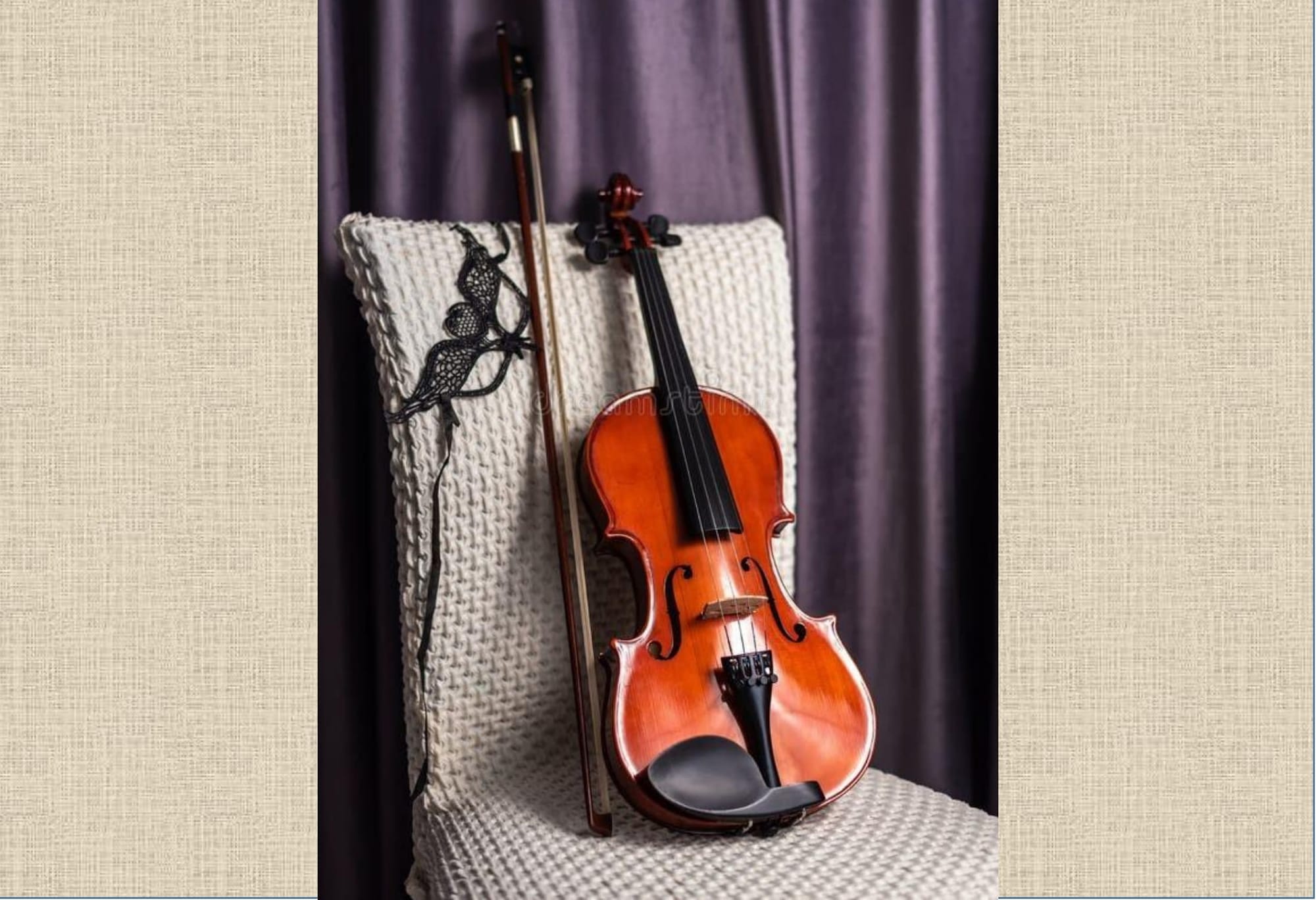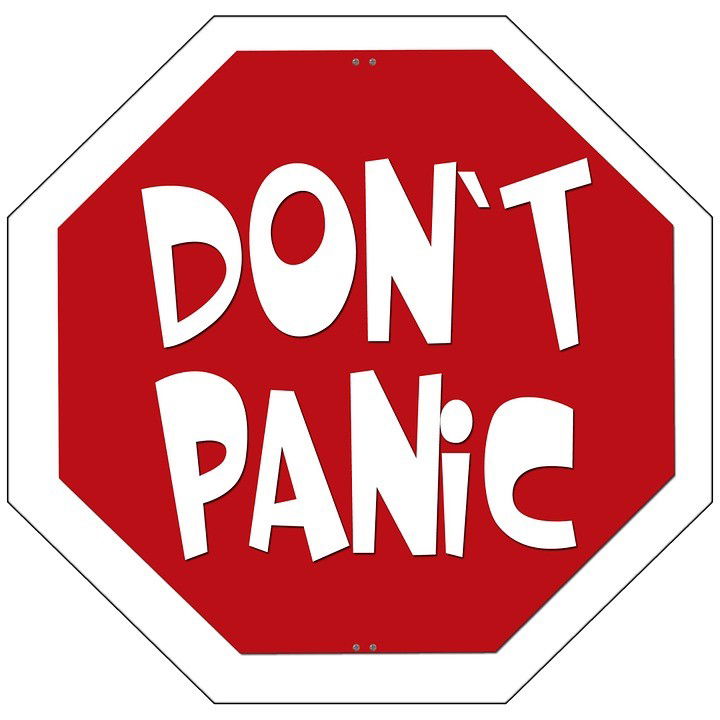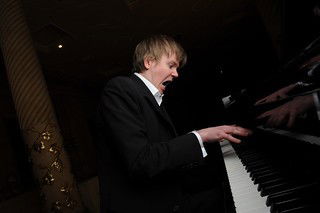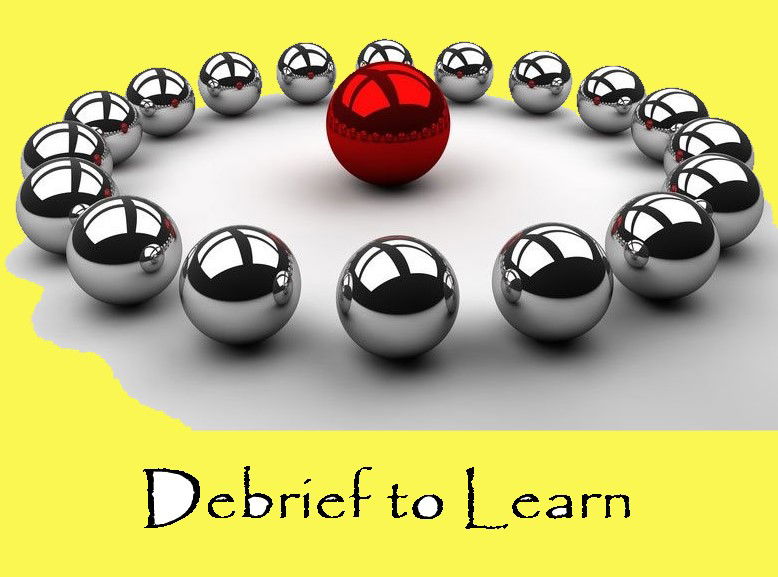What to do When the Soloist Can't Perform

The anticipation and preparation for a musical performance, particularly one involving a soloist, can be a complex choreography that results in an enriching experience for both the musicians and the audience. However, unforeseen circumstances can arise, leaving a music director, whether of a band, string orchestra, or choral ensemble, facing the challenge of managing a situation where a soloist is unable to perform on the day of a concert. In such instances, the director must navigate this hurdle with flexibility, grace, and strategic planning to ensure a seamless and memorable musical experience for all involved.
This article is directed at groups in which there are generally multiple players on a part, e.g., concert bands, string orchestras, and choral groups. For smaller ensembles such as jazz combos, chamber music groups and the like, the failure of one musician to be able to perform usually results in postponement or cancellation of the performance because there is only one musician per part.

Preparing for Contingencies – Good planning benefits businesses, armies and music groups of every kind. Studies on fear and worry reveal that between 85% and 95% of what we fear or worry about never comes to pass. So, if you’re concerned that the soloist won’t be able to perform, there’s a very good chance that the concert will go as planned, at least as far as the soloist performing well, or at least adequately. As for the rest of the musicians, that’s another story. Here are a few ways to be as ready as possible in case the soloist fails to show:
1. Establish a Backup Plan
Before any performance, it's prudent for a music director to have contingency measures in place. This might involve identifying alternate soloists or having a plan that allows the ensemble to perform the piece without a featured solo. One way to prepare is to have a stand-in performer or to have the section play the solo part. It may also be necessary to modify the program if needed. This can be immensely valuable in such scenarios.
Personal Story – I had the privilege of touring Romania with my college’s band and choir. We played a boogie-blues piece that had three solo parts, one each for trumpet, sax and trombone. There were two or more of each section that were able to play that solo, partly to give the better players the chance to shine, and partly to have a contingency plan in place. I was one of the three trumpet players. And the plan worked to perfection when I cam down with a stomach bug an hour before a concert and one the others filled in as if it was the original plan.
2. Rehearse Alternative Arrangements
While rehearsals primarily focus on preparing with the intended soloist, it's beneficial to occasionally rehearse the piece without the soloist, allowing the ensemble to be versed in handling the piece should such a situation arise. This preparation helps the musicians adapt quickly and confidently if the need arises. It can mean something as simple as skipping that section, e.g., going from letter D to letter F in a band or orchestra piece, or skipping a verse in a choral piece.
3. Have a back-up piece available
This alternative may not always be available, especially in a school setting in which learning, practicing and rehearsing the normal program repertoire takes all of the available time and energy. But, even a warm-up piece might be used as a performance piece. For example, most music ensembles have warm-up exercises that they use; sometimes these are in the form of an academically written etude for the whole group. Many of these are so written as to be presentable as a performance piece. One or two of these could be used, and even feature a soloist, duet or small ensemble out of the group playing or singing a special part. That is, the group could perform the first 24 measures as a group, then the special musicians would play the next eight or sixteen measures and have the whole group play the ending.

Day-of-Concert Adaptation Strategies
1. DON’T PANIC
First, it does no one any good. Second, it can cause undue stress among the other musicians, some of which may have had anxiety issues barely under control to start. This is the time to take a deep breath, maybe step outside the room for a short minute, put on your “Everything’s going to be Fine” face and begin the emergency plan, whatever that may be.
2. Communicate and Assess the Situation
Upon discovering the soloist's inability to perform, the director should communicate with the individual to understand the reasons and evaluate the severity of the situation. It's crucial to assess whether there's a possibility of a last-minute change or if an alternative solution can be arranged. If the soloist is unavailable to speak with, it’s a sure sign that you’ll have to do something else.
3. Utilize Alternate Performers
If there's an available replacement soloist, the director should inform that musician that he or she will be playing the solo. If there is time, the director could gather a small group of musicians that are essential to the solo and go over it a time or two to reassure the replacement soloist that it is possible to play it well. This bit of tactile encouragement can go a long way to ensure a great performance of that particular piece. This is why rehearsing the alternatives beforehand is so valuable.
4. Modify the Performance
In situations where an immediate replacement isn't viable, the director might consider modifying the program. This can involve rearranging the order of pieces, omitting the solo piece, or replacing it with an ensemble performance. The director might also choose to feature other members of the ensemble in a different spotlight.
For example, the high school concert band (who also happens to be the football marching band) just finds out that the soloist for one of the numbers in the Christmas concert can’t make it and no one else is able to perform it adequately. That piece could be replaced by one of the band’s most popular numbers from the football season. It will have been well-rehearsed and played often. It could be played first on the program and explained as the band’s transition from football season to Christmas season.

5. Showcase the Ensemble's Talent
In cases where an alternative soloist or modification isn't feasible, the director can opt to highlight other available talents of the ensemble. The director could choose to present a different piece that better suits the available resources.
This is where having an alternative piece available helps, as suggested in the “Preparing for Contingencies” section above. If the choral group is missing its soloist and there is no one to adequately fill that role, it might be a chance for the accompanist to shine, whether it’s a student or professional. Many student accompanists take private lessons and have a repertoire of solo piano pieces that they can play. Professionals have an even larger repertoire from which to choose and will probably have something that they can play that fits with the theme of the concert.
Leading Through Adversity
1. Maintain Composure and Confidence
- As the leader, maintaining composure is vital. Again, don’t panic. This may sound redundant, but, being musicians themselves, music conductors can be prone to those slightly eccentric behaviors that many musicians express.
The director's calm and confident demeanor sets the tone for the ensemble, ensuring that the musicians remain focused and ready to adapt to the changes, creating an atmosphere of assurance despite the unexpected circumstances. The absence of the soloist affects only the concert, not aspects of the rest of the performers’ lives.
2. Communicate Clearly and Reassure the Ensemble
Clear communication is pivotal in these moments. The conductor should explain the situation to the ensemble, reiterating the adapted plan, and ensuring that everyone is on the same page is essential. Reassuring the musicians that their adaptability is appreciated and that their hard work will shine through is crucial for their confidence. If there is some special cue from the conductor needed for the change, make sure everyone recognizes it.

Post-Performance Reflection and Learning
1. Debrief and Evaluate
Following the performance, it's valuable to conduct a debriefing session. This allows the director to evaluate the adaptation process, discuss what worked well, and note areas for improvement. Understanding how the ensemble handled the unforeseen circumstances enables better preparation for future situations.
A director should not be surprised if the members of the ensemble have some very good and fitting ideas. Also, sometimes an “If we had only done…” idea is very helpful. It should never be presented or received as an issue of blame, but, rather, as a step forward for next time.
2. Preparation for Future Contingencies
Using the experience gained, the director can refine contingency plans and rehearsals for future performances. Adapting the rehearsal process to include more flexible practices can better equip the ensemble to handle unexpected situations.
These preparations should include as many of the suggestions from the group as possible. Of course, the director would know best how to implement these ideas.
Conclusion
The role of a music director encompasses not just leading a performance but also navigating unforeseen challenges with grace and adaptability. When a soloist is unable to perform on the day of a concert, the director's ability to swiftly assess, communicate, and adapt becomes paramount.
By having contingency plans in place, rehearsing for alternate scenarios, and maintaining a composed and confident demeanor, a music director can guide the ensemble through these unexpected situations, ensuring that the show goes on seamlessly and that the audience experiences a memorable musical performance despite the unexpected change. Ultimately, it's in these moments of adaptability and resilience that the true leadership and artistry of a music director and the ensemble shine through.
Salt Cellar Creations understands the beauty and power that a Music Concert can convey and has a growing library of original works and arrangements. Explore the offerings HERE.
SCC can also compose an original piece for you or do a custom arrangement for you. There are two ways that this can be done; one is much more affordable than the other. And SCC is always looking for ideas of pieces to arrange or suggestions for original pieces.
We have sold music not only in the US but in Canada, the United Kingdom, France, Australia, New Zealand, Austria, and Germany. Please visit the WEBSITE or CONTACT US to let us know what we can do for you!